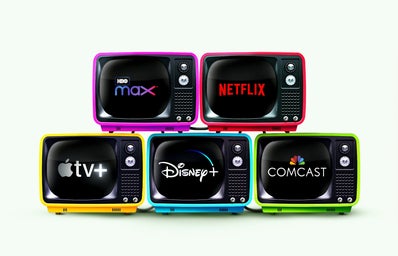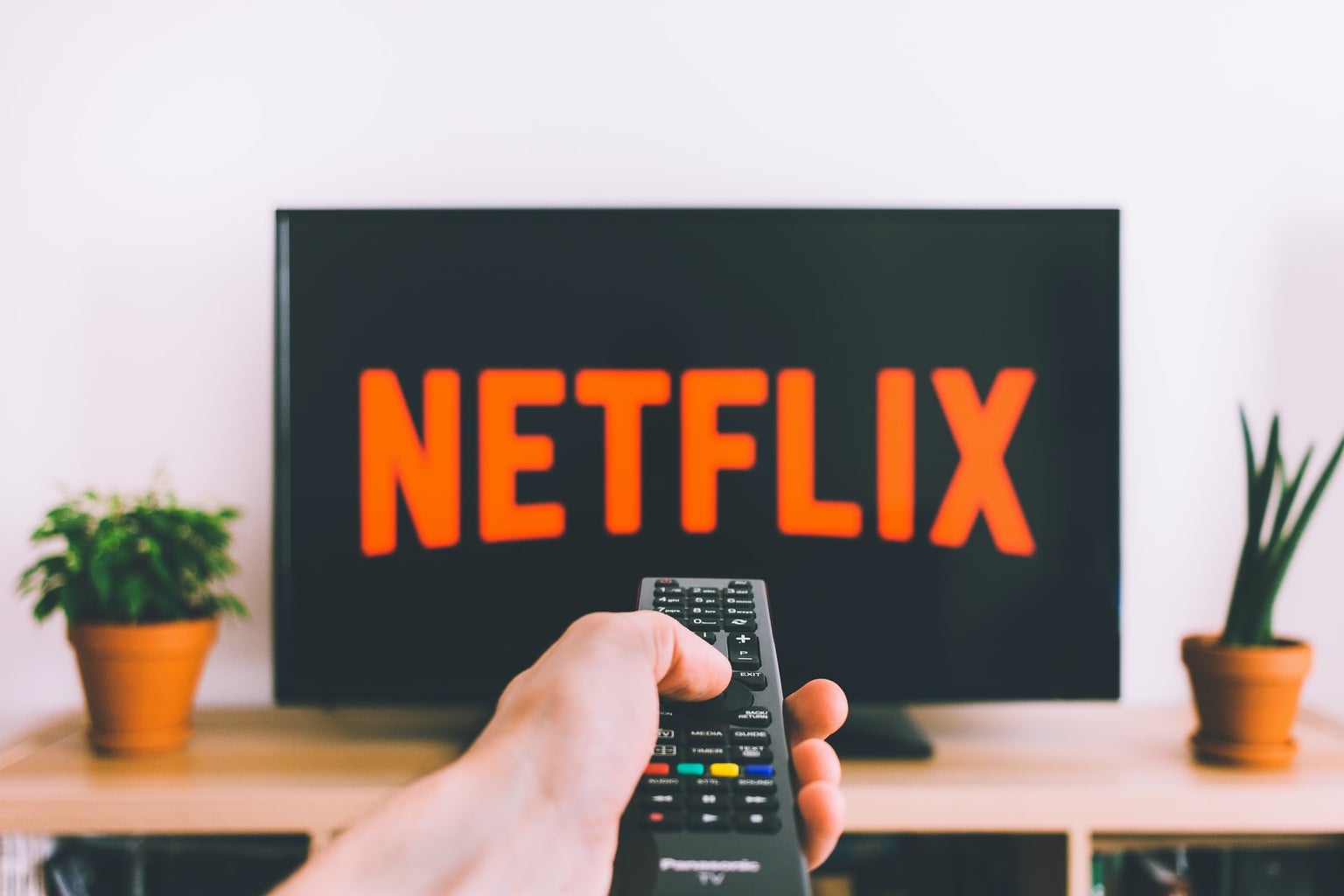In his 2020 Academy Awards speech, Director Bong Joon-Ho said, “Once you overcome the one-inch tall barrier of subtitles, you will be introduced to so many more amazing films.”
Subtitles can be one of the most controversial topics on family movie nights. Whether it be frustration with sound mixing, trouble by accents, a hearing impairment or simply finding enjoyment in details such as unknown character names or background dialogue, subtitles can be very beneficial.
According to research from Stagetext, a deaf-led captioning charity, four out of five viewers aged 18 to 25 said they use subtitles all or part of the time. Less than a quarter of those aged between 56 and 75 said they do so, and those people are often hard of hearing.
Stagetext’s chief executive Melanie Sharpe said, “I think there’s far more acceptance of subtitles by young people because it’s the norm, whereas with an older age group, it isn’t necessarily the norm… Young people can take in far more information quickly because they’re used to it.”
Younger generations also struggle to focus on larger pieces of media, largely due to social media.
Social media manager Christina McDermott said, “From an industry perspective, we’re always looking for the ‘thumb-stoppers’ – bits of short video that will make people stop what they’re doing and watch until the end.” This has encouraged the presence of subtitles, as up to 85% of Facebook videos are watched with subtitles rather than sound.
According to Netflix, timed text files are needed to translate foreign languages, provide the deaf and hard of hearing the ability to enjoy content, and to allow viewers to watch content in noisy environments.
“With the rapid growth of mobile devices, living rooms are no longer needed to enjoy your favorite film or television show,” the media company said. “Netflix affords its members the ability to watch content on their own schedule, and subtitles allow members to enjoy content without the need for silence or headphones. Timed text files are paramount not only to the Netflix service, but also for the consumption of media in a world without the living room as the primary center of entertainment.”
However, it is not only streaming services using subtitles and captions for their viewers. In October 2021, AMC Theatres added open captions to hundreds of locations around the U.S.
Elizabeth Frank, AMC’s chief content officer and executive vice president of worldwide programming, said in a statement, “Inclusive programming is core to AMC’s strategy, and we’re proud to lead the theatrical exhibition industry by making some open caption showtimes available at hundreds of our locations nationwide.”
This change in public theaters is credited to advocates, including Lauren Ridloff, of Marvel’s Eternals, who said, “Hollywood needs to take the lead on subtitling ads, trailers and those cute little interviews with clips that celebrities do promoting their movies. Another thing I’d like to see improve is the specifics of audio description. It’s not enough to see ‘music is playing’ in a scene — what kind of music is it? Happy? Scary?… We’re an afterthought in movie theaters, and that needs to change.”
A Tweet by @deafgirly also pushed for the normalization of subtitles, saying, “Subtitles aren’t just for deaf people. Lots of my hearing friends use them, too. If you’re hearing and using subtitles on Netflix and TV, and would quite like them at the cinema, please retweet to help normalise their presence!”
According to Tim Smith, an associate professor of cognitive psychology at Birkbeck, University of London, there is no scientific proof that the extra cognitive load of reading subtitles is what keeps people from sitting in front of a screen to read and watch a subtitled movie. The extra work of reading a film or television show does not distract from the overall viewing experience.
CEO of PBT EU Ivanka Vassileva, who heads the distribution of the SubtitleNEXT system, said, “Subtitling is being used to enhance entertainment and helps embrace wider audiences to enjoy a wider variety of film, television and social media footage. Subtitles are informative, helpful, and a great communication tool and enhance a movie.”
Subtitles are also an informative use of media when instilling new words and ideas in children. Henry Warren is the co-founder of Tots, or Turn on the Subtitles, a campaign encouraging programme-makers to add captions to shows aimed at elementary-aged children.
Based on a study of 2,350 children, 34% became good readers with schooling alone. However, when exposed to 30 minutes a week of subtitled film songs, that proportion more than doubled to 70%.
When deciding if the subtitles should be turned on or off, think about what they mean, and why they are so important. Some people need them, and others just enjoy catching the little details a usual listener would miss.
Director Elliott Arndt said, “Making subtitles obligatory could be a really interesting way to push people to find a new system. Something that’s not going to ruin the visual experience but also could be more tailored to everyone’s needs.”





